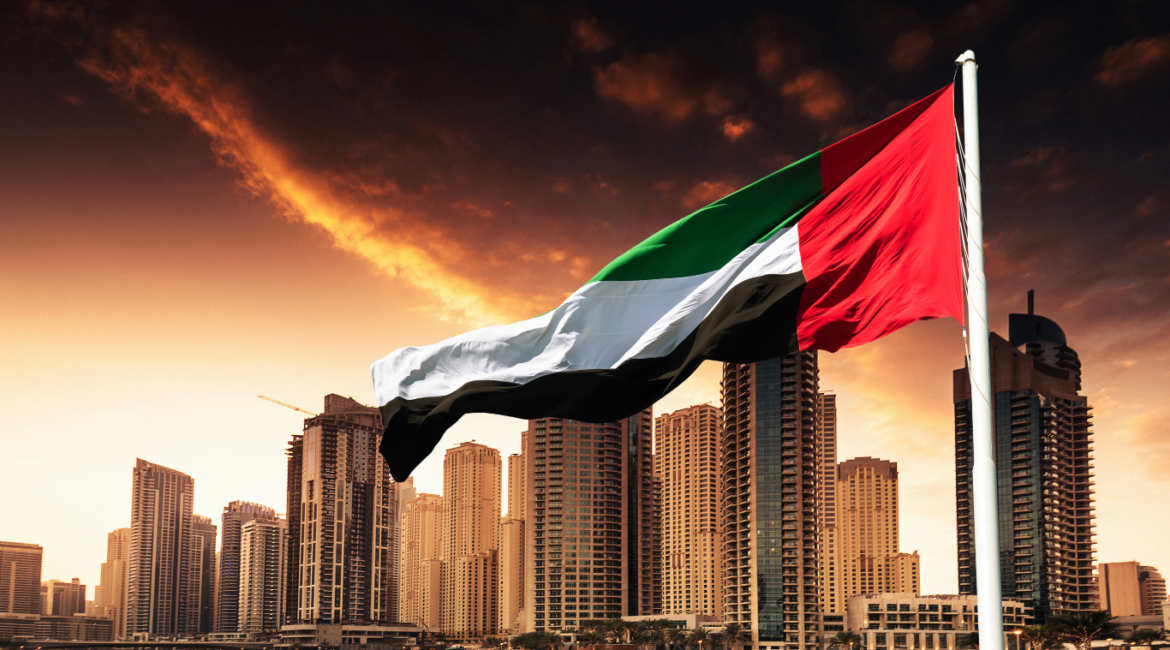Urban Heat Islands like Saudi Arabia’s major cities—Riyadh, Dammam, and Jeddah—are known for their intense heat, particularly during the summer months. However, the temperature within these cities can vary significantly from one area to another due to a phenomenon known as the urban heat island (UHI) effect. The UHI effect causes urban areas to become significantly warmer than their rural surroundings. This article will explore how urban heat islands develop in Riyadh, Dammam, and Jeddah, their impact on local temperatures, and how our temperature mapping services can help address these challenges.
What is the Urban Heat Island Effect?
The urban heat island effect occurs when cities experience higher temperatures than their surrounding rural areas. This effect is mainly caused by human activities and the concentration of buildings, roads, and other infrastructure that absorb and retain heat. Materials like concrete and asphalt have a high thermal mass, meaning they store heat during the day and release it slowly at night. Additionally, the lack of vegetation in urban areas reduces the natural cooling effects provided by shade and evapotranspiration (the process by which plants release water into the atmosphere).

Heat Island Effects in Riyadh, Dammam, and Jeddah
Each of these cities experiences the urban heat island effect differently due to their unique geographical locations and urban development patterns:
- Riyadh: As the capital and largest city of Saudi Arabia, Riyadh is located in the central desert region, far from any large bodies of water. The city has a high density of buildings and infrastructure, which contributes significantly to the UHI effect. The intense heat in Riyadh is exacerbated by the surrounding desert, which reflects additional heat into the city. The UHI effect in Riyadh results in higher temperatures, particularly in densely built-up areas where there is limited vegetation and open space to cool the environment.
- Dammam: Located on the eastern coast of Saudi Arabia along the Arabian Gulf, Dammam experiences a unique form of the UHI effect. The city’s proximity to the coast provides some natural cooling due to sea breezes. However, the urban areas, especially the central business district and industrial zones, still experience higher temperatures than surrounding areas due to dense infrastructure and a lack of greenery. The combination of high humidity from the sea and urban heat can make the perceived temperature in Dammam feel even hotter.
- Jeddah: Situated on the western coast along the Red Sea, Jeddah also experiences the urban heat island effect but in a different way. The city’s coastal location provides some relief through sea breezes, similar to Dammam. However, the rapid urban expansion, especially in commercial areas and along the coastline, has led to increased heat retention. The UHI effect in Jeddah is particularly noticeable in the densely populated central and northern districts, where temperatures can be several degrees higher than in suburban or rural areas.
Impact of Urban Heat Islands on Local Temperatures
The urban heat island effect significantly impacts local temperatures in these cities, leading to several challenges:
- Increased Energy Consumption: Higher temperatures in urban areas result in increased use of air conditioning, leading to higher energy consumption and costs. This puts additional strain on the power grid, especially during peak summer months.
- Health Risks: Elevated temperatures due to the UHI effect can pose serious health risks, particularly for vulnerable populations such as the elderly, children, and individuals with pre-existing health conditions. Heat-related illnesses, such as heat exhaustion and heatstroke, become more common.
- Environmental Impact: The increased temperatures associated with the UHI effect can also contribute to poorer air quality. Higher temperatures can accelerate the formation of ground-level ozone, a key component of smog, which can have harmful effects on respiratory health.
Our Role in Temperature Mapping Services
At our company, we specialize in providing temperature mapping services to help cities like Riyadh, Dammam, and Jeddah better understand and manage the urban heat island effect. By using advanced technologies such as satellite imaging, drones, and sensor networks, we create detailed temperature maps that show how heat is distributed across different areas of a city.
Our temperature mapping services help city planners and public health officials identify “hot spots” and develop strategies to mitigate the UHI effect. This could include increasing green spaces, using reflective materials in construction, and improving urban design to enhance airflow and reduce heat retention.
Conclusion
The urban heat island effect is a significant challenge for Saudi Arabia’s major cities, affecting local temperatures and public health. By understanding how UHIs develop and their impacts on Riyadh, Dammam, and Jeddah, we can take steps to mitigate their effects and create cooler, more livable urban environments. Our temperature mapping services provide the data and insights needed to make informed decisions and improve city planning to combat the challenges posed by urban heat islands.
you can get more information on our site: Redlines.com





